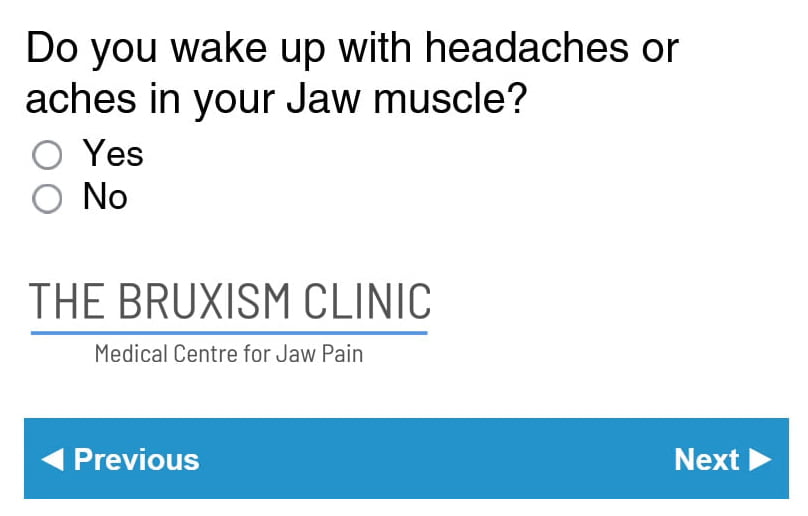Migraines can be debilitating, hindering your ability to carry out daily tasks and adversely affecting your overall quality of life. For those who also experience bruxism, the act of grinding and clenching teeth, the connection between the two conditions can exacerbate migraines and make them seem inescapable. But there is hope. By understanding how bruxism […]





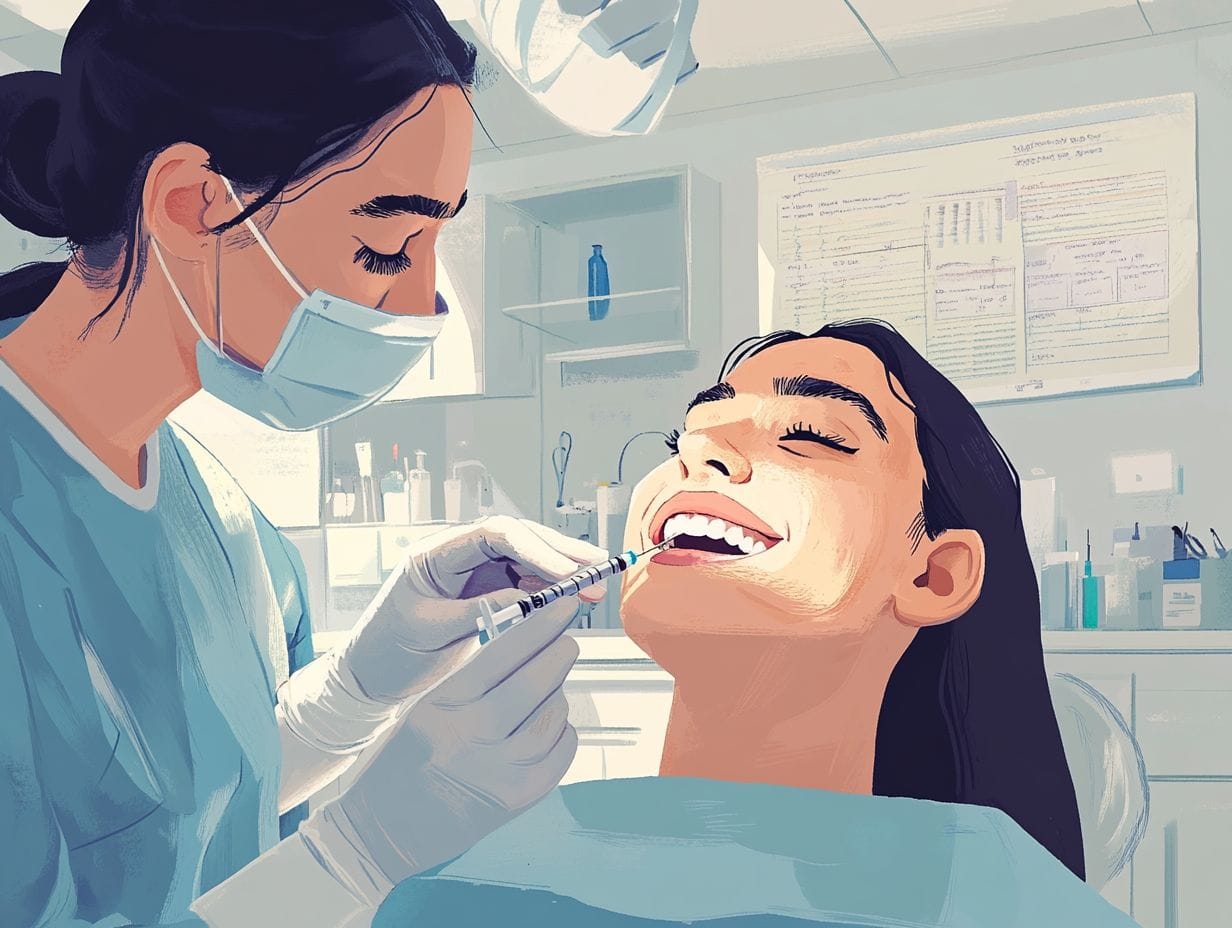
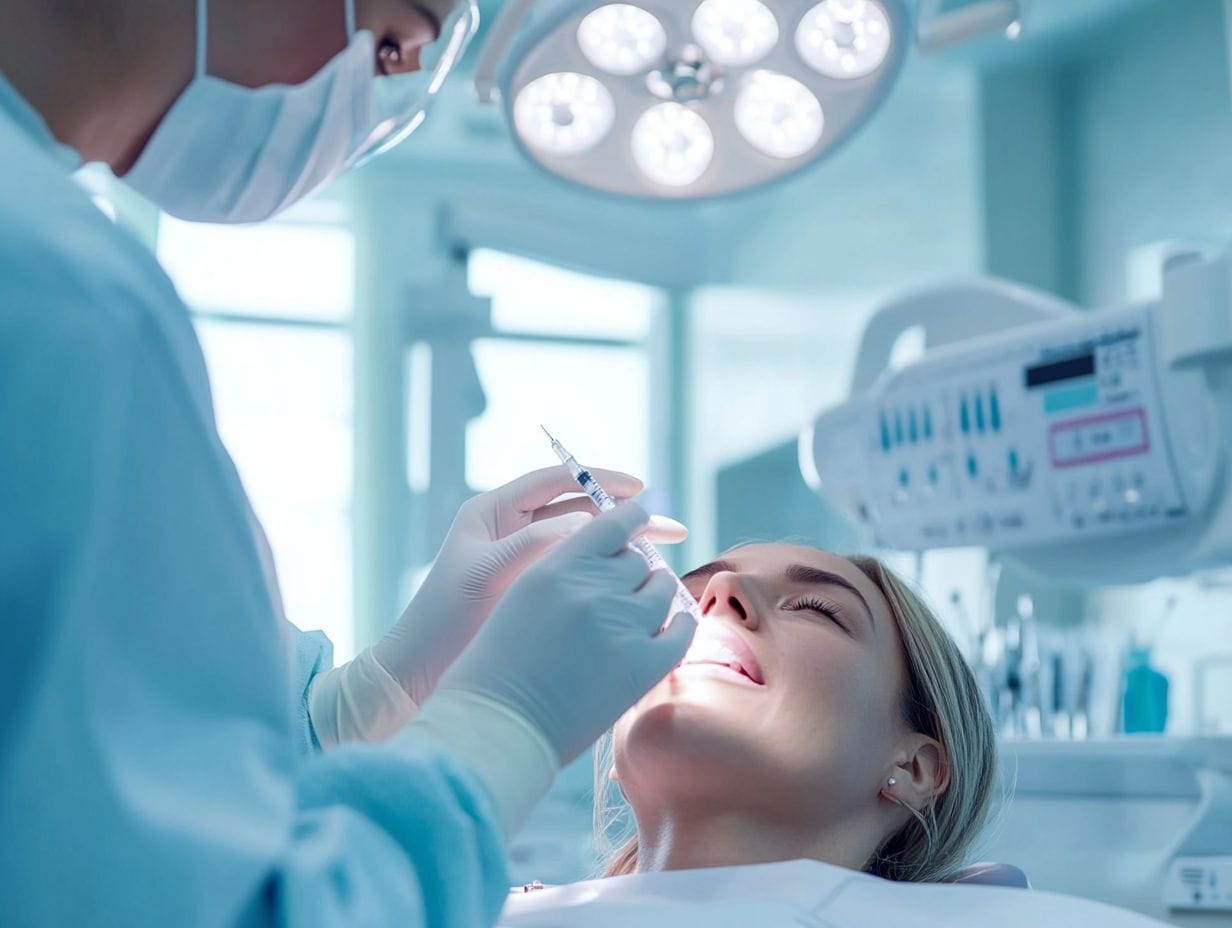 Bruxism can significantly compromise dental health, leading to complications such as worn-down teeth, increased sensitivity, and temporomandibular joint (TMJ) disorder, which may result in facial pain and discomfort.Along with the immediate effects on one's dental appearance, the persistent grinding and clenching associated with bruxism can contribute to jaw misalignment, exacerbating TMJ disorder and triggering chronic headaches. This condition not only impairs the ability to eat or speak comfortably but also permeates daily life, often resulting in increased anxiety and irritability.The psychological implications of bruxism can create a detrimental cycle of stress and grinding, where the anticipation of pain and dental visits intensifies the condition. Without appropriate intervention, the long-term consequences may include damage to the jaw joints, potential tooth loss, and chronic facial pain, ultimately undermining both dental health and overall quality of life.
Bruxism can significantly compromise dental health, leading to complications such as worn-down teeth, increased sensitivity, and temporomandibular joint (TMJ) disorder, which may result in facial pain and discomfort.Along with the immediate effects on one's dental appearance, the persistent grinding and clenching associated with bruxism can contribute to jaw misalignment, exacerbating TMJ disorder and triggering chronic headaches. This condition not only impairs the ability to eat or speak comfortably but also permeates daily life, often resulting in increased anxiety and irritability.The psychological implications of bruxism can create a detrimental cycle of stress and grinding, where the anticipation of pain and dental visits intensifies the condition. Without appropriate intervention, the long-term consequences may include damage to the jaw joints, potential tooth loss, and chronic facial pain, ultimately undermining both dental health and overall quality of life.
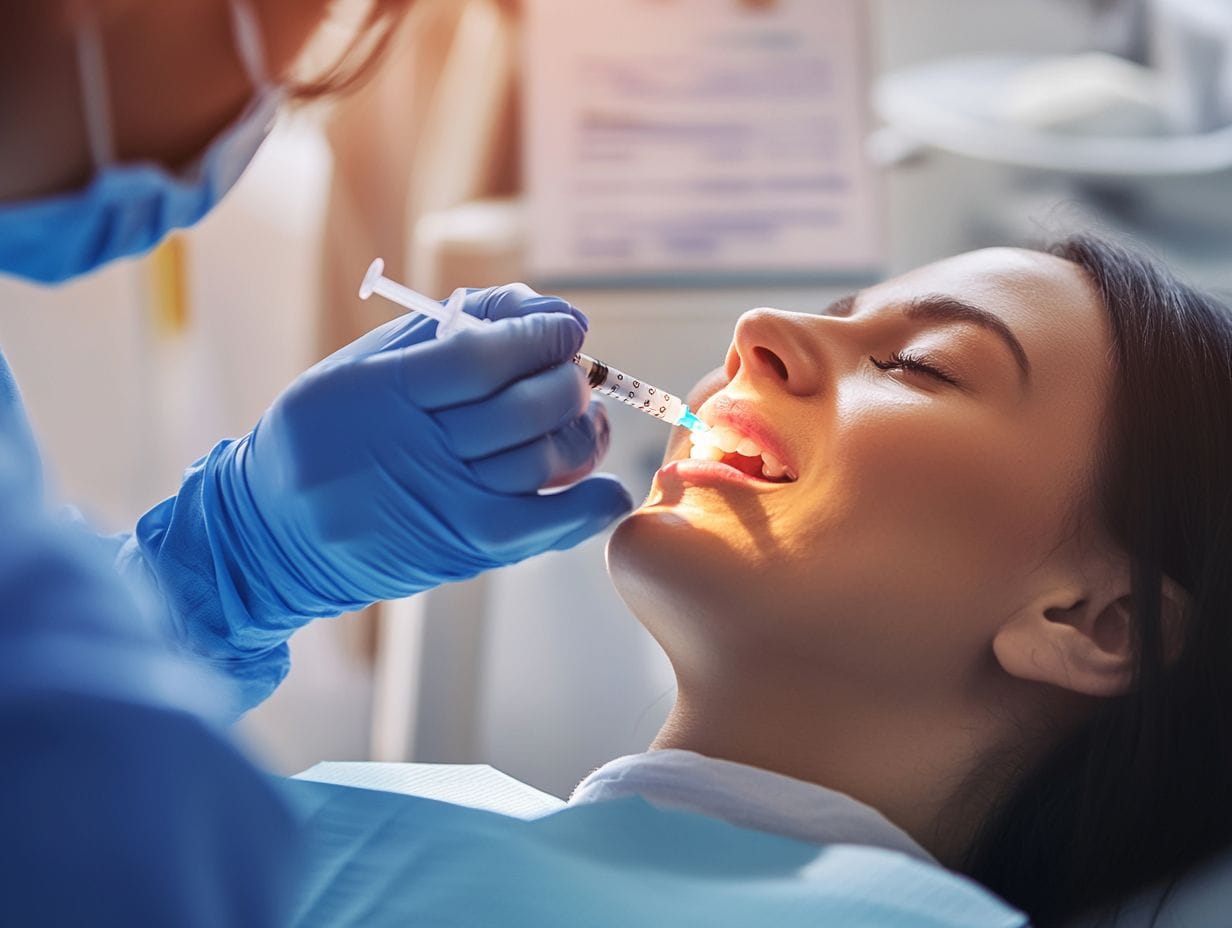 One of the most significant benefits of Botox treatments for bruxism is the effective pain relief it offers, which helps prevent further dental damage associated with teeth grinding.By targeting the specific muscles responsible for excessive clenching and grinding, Botox alleviates tension and substantially reduces discomfort. This muscle relaxation not only enhances the quality of life for individuals suffering from this condition but also minimises the risk of complications, such as worn-down enamel or temporomandibular joint (TMJ) disorders.As patients experience reduced pain, their capacity to manage stress and engage in daily activities improves, fostering a positive cycle that enhances overall dental health. The outcomes of such treatments frequently result in long-lasting relief, making Botox a compelling option for those seeking both immediate and preventive measures against the detrimental effects of bruxism.
One of the most significant benefits of Botox treatments for bruxism is the effective pain relief it offers, which helps prevent further dental damage associated with teeth grinding.By targeting the specific muscles responsible for excessive clenching and grinding, Botox alleviates tension and substantially reduces discomfort. This muscle relaxation not only enhances the quality of life for individuals suffering from this condition but also minimises the risk of complications, such as worn-down enamel or temporomandibular joint (TMJ) disorders.As patients experience reduced pain, their capacity to manage stress and engage in daily activities improves, fostering a positive cycle that enhances overall dental health. The outcomes of such treatments frequently result in long-lasting relief, making Botox a compelling option for those seeking both immediate and preventive measures against the detrimental effects of bruxism.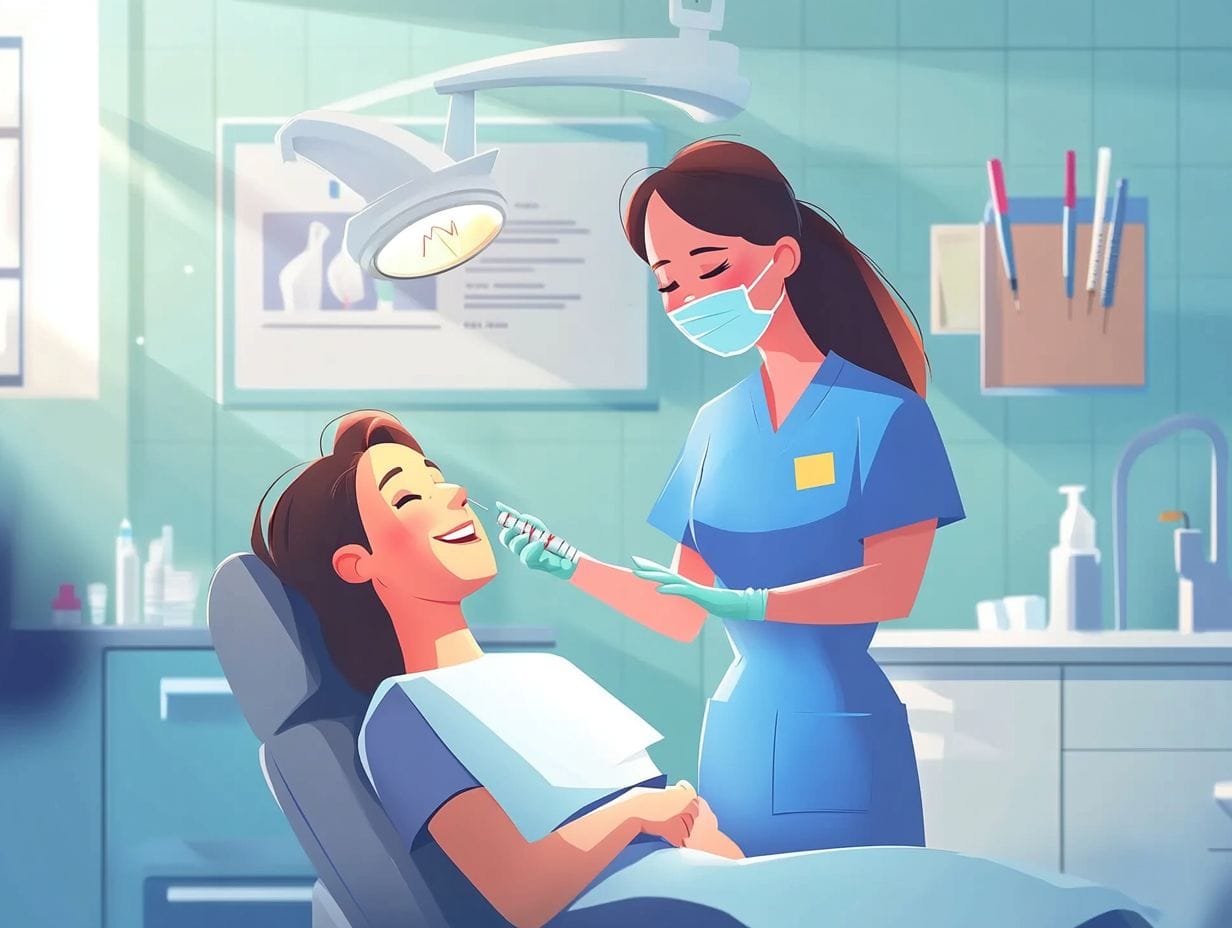 The Botox procedure for treating bruxism typically involves the clinician administering injections into the masseter muscle. Most patients report minimal discomfort and a swift recovery process.During the procedure, a fine needle is utilised, ensuring that any sensations experienced are generally perceived as mild and brief. To enhance patient comfort, clinicians may apply a topical anaesthetic or ice prior to the injections, thereby alleviating potential discomfort.Following the treatment, individuals may experience minor swelling or tenderness at the injection sites, which typically resolves within a day. Most patients are able to resume normal activities shortly after the procedure, with optimal results typically manifesting within a week.This method is recognised for its efficacy and safety, providing a viable solution for many individuals suffering from jaw clenching and teeth grinding.
The Botox procedure for treating bruxism typically involves the clinician administering injections into the masseter muscle. Most patients report minimal discomfort and a swift recovery process.During the procedure, a fine needle is utilised, ensuring that any sensations experienced are generally perceived as mild and brief. To enhance patient comfort, clinicians may apply a topical anaesthetic or ice prior to the injections, thereby alleviating potential discomfort.Following the treatment, individuals may experience minor swelling or tenderness at the injection sites, which typically resolves within a day. Most patients are able to resume normal activities shortly after the procedure, with optimal results typically manifesting within a week.This method is recognised for its efficacy and safety, providing a viable solution for many individuals suffering from jaw clenching and teeth grinding.